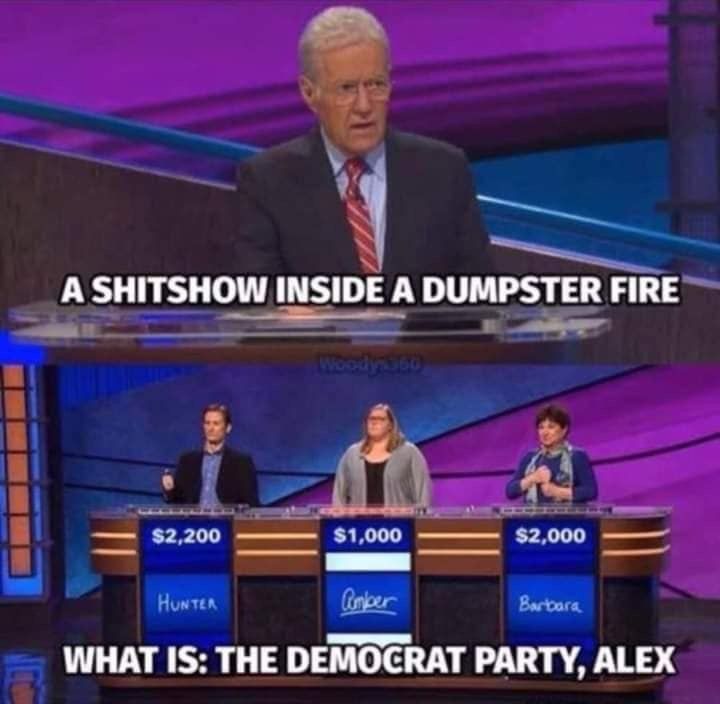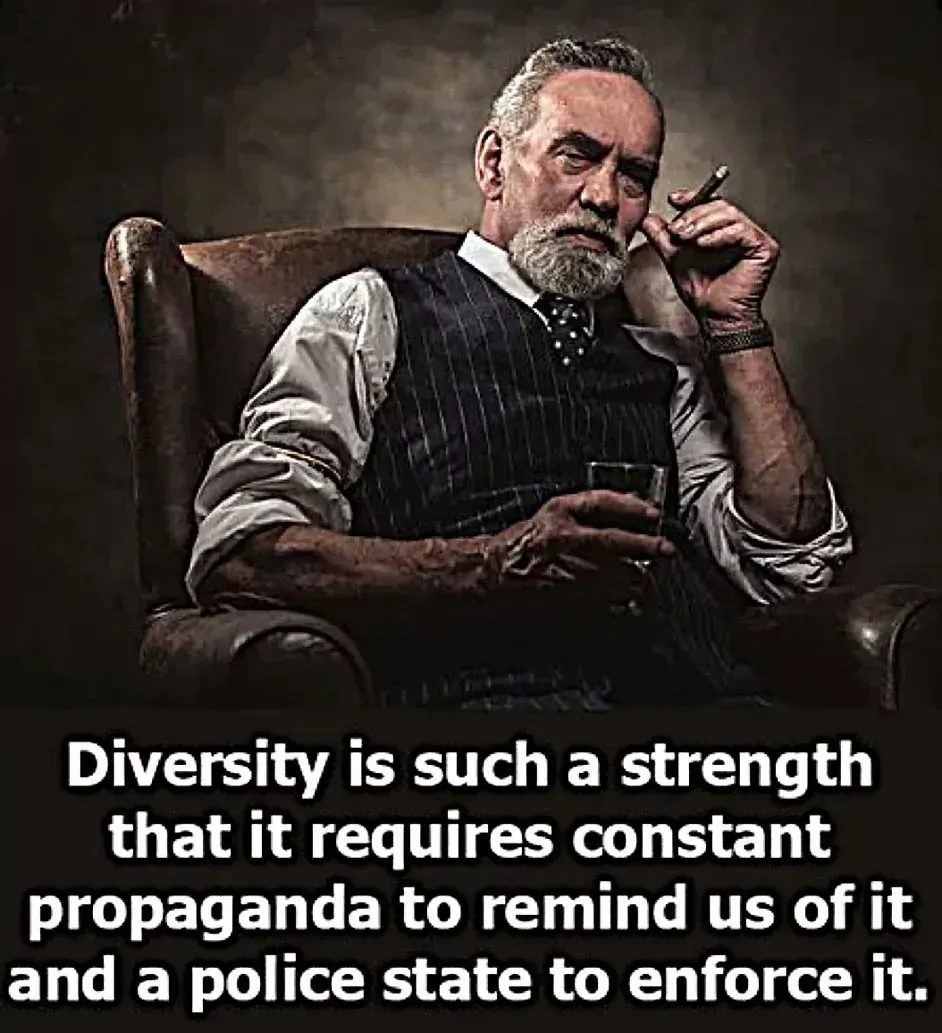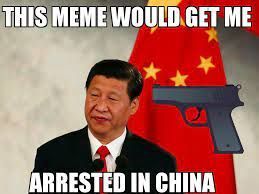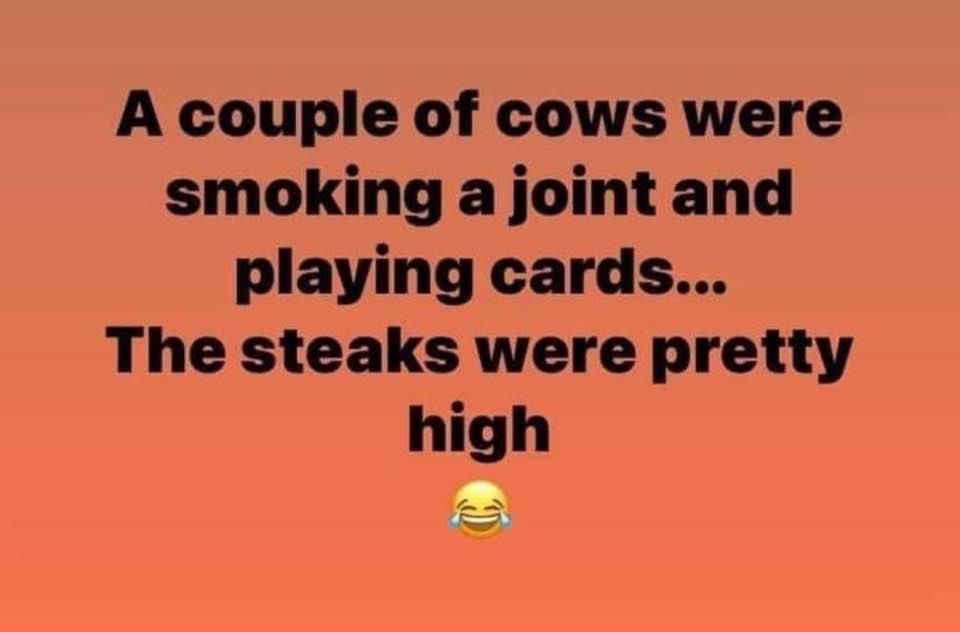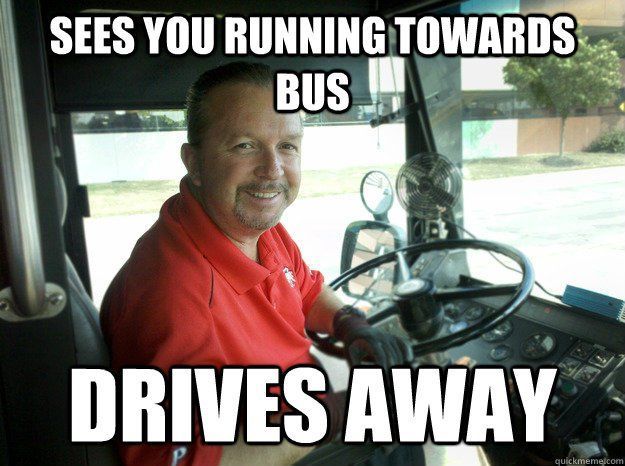When Violence Is Celebrated: Cincinnati’s Moral Collapse
"When Truth Is Taboo and Victims Are Forgotten"
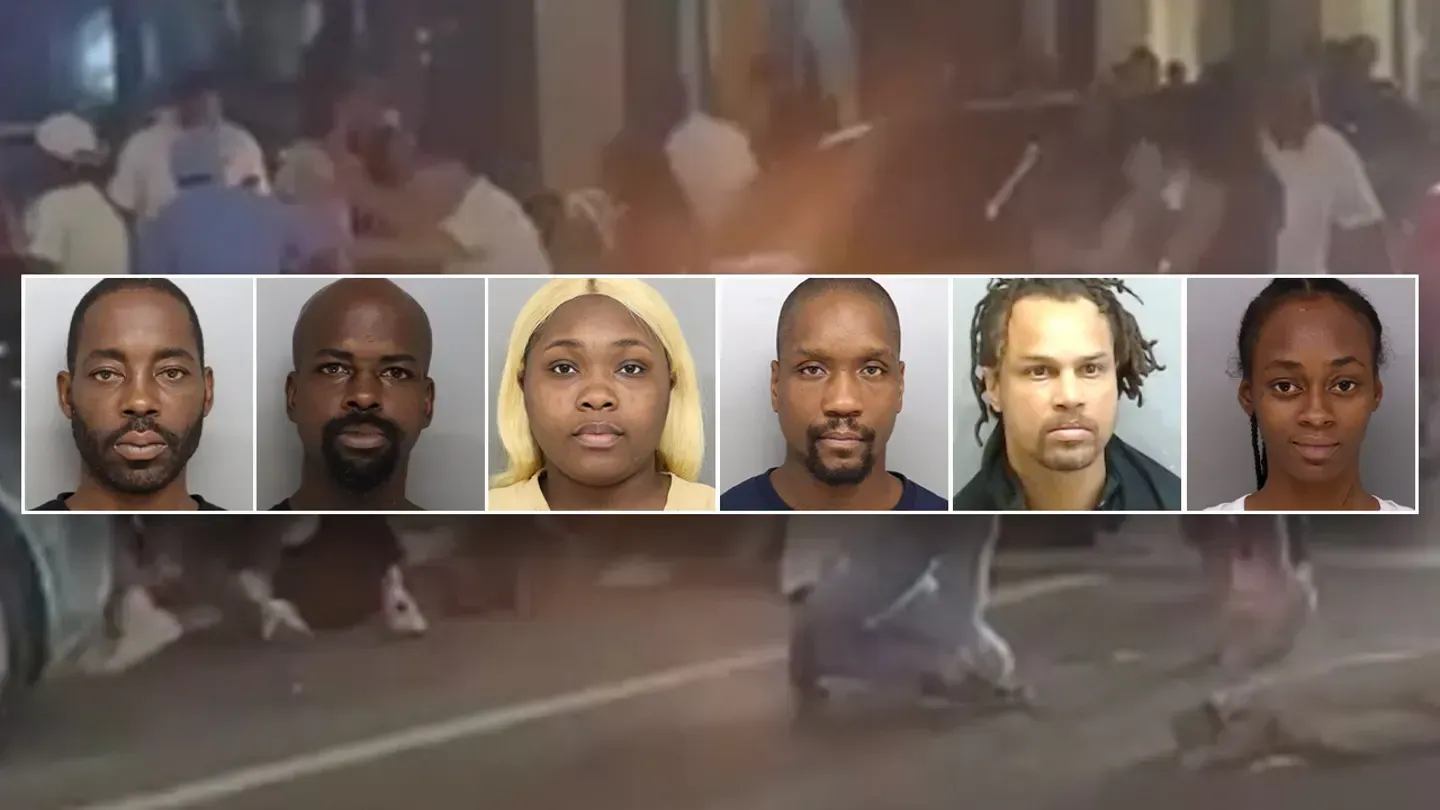
A violent street brawl in downtown Cincinnati unfolded like a nightmare. A white couple—one a single mother named Holly—were brutally beaten, knocked unconscious, and left with serious injuries, including concussion and brain trauma. The footage, which went viral, revealed a mob-like attack, with racial slurs reportedly shouted during the beating.
But the physical assault wasn’t the only horror. In its wake, something far more chilling emerged: public officials celebrating the violence.
A Councillor’s Contempt
Council President Pro Tem Victoria Parks, a member of Cincinnati’s City Council, posted on Facebook: “They begged for that beatdown! I am grateful for the whole story.”
The reaction was swift:
- Cincinnati’s Fraternal Order of Police called her remarks “unconscionable” and urged her resignation.
- State Representative Phil Plummer called her defense of violent criminals “disgusting.”
- Multiple fellow council members condemned her for inflaming an already volatile situation.
- Mayor Aftab Pureval reminded the public: “No one deserves to be a victim of violent crime.”
Yet Parks refused to retract her words, instead defending them as “a metaphor” and doubling down on her position.
A City Fraying at the Seams
This isn’t just about politics—it’s about basic decency. When elected officials cheer violence, they erode public trust and normalize chaos. The attack on Holly and her companion wasn’t a back-alley dispute between gang members—it was a public beating of civilians, in broad daylight, in a supposedly safe part of town.
And Cincinnati is not alone. This pattern is becoming depressingly familiar across America: violent crime surges while those in charge seem more concerned with preserving their political narratives than restoring public safety.
The National Pattern: Crime Without Consequences
Look at Washington, D.C.:
Carjackings, armed robberies, and daylight shootings have become so common that residents treat them as background noise. The city council repeatedly pushes “reforms” that reduce sentences and loosen bail requirements, only to act shocked when repeat offenders strike again.
Look at Philadelphia:
Open-air drug markets thrive in neighborhoods like Kensington, where overdoses and violent assaults are daily occurrences. Prosecutors, in the name of “criminal justice reform,” refuse to prosecute entire categories of crime—sending the message that lawlessness has no cost.
Look at Chicago:
Once-great neighborhoods are now defined by gun violence, smash-and-grab retail thefts, and “teen takeover” street riots. The mayor’s office insists that these are “root cause” problems that can’t be solved with policing alone—meanwhile, people are dying, businesses are closing, and families are fleeing.
The common thread? Leaders unwilling to enforce the law aggressively and consistently. They prefer press conferences to policy, social media spin to street-level action. And in the worst cases—like Cincinnati—officials even justify or celebrate violence, depending on the racial or political optics of the moment.
The Demographics No One Wants to Talk About
Across the nation, violent crime statistics tell a story that too many leaders and media outlets refuse to acknowledge: a disproportionate share of violent crime is committed by young Black males—often against other Black victims.
According to FBI Uniform Crime Reports and Bureau of Justice Statistics:
- In major cities, Black males aged 15–34 account for a vastly outsized percentage of homicide suspects, despite being a small fraction of the overall population.
- Black-on-Black crime remains the dominant pattern in homicide data, with roughly 90% of Black murder victims killed by other Black individuals.
- The same demographic is also overrepresented in arrests for robbery, aggravated assault, and carjacking in urban centers like Chicago, Philadelphia, Baltimore, and Washington, D.C.
This is not an indictment of all young Black men—far from it. The overwhelming majority are not criminals. But ignoring the statistical reality makes it impossible to address the violence honestly. Communities suffering the most from violent crime are often Black communities, yet political leaders focus more on avoiding uncomfortable conversations than on implementing solutions that would save lives.
Failed Policies Feeding the Crisis
- Bail Reform Gone Wrong
In cities like New York, Philadelphia, and D.C., cash bail has been drastically reduced or eliminated for most offenses—meaning violent offenders are often released within hours. Studies from the Manhattan Institute and state-level crime data show spikes in repeat offenses after release. - Non-Prosecution Directives
Progressive prosecutors such as Philadelphia’s Larry Krasner and Chicago’s Kim Foxx have implemented “do-not-prosecute” lists for crimes like retail theft under certain thresholds, trespassing, and resisting arrest. These policies create a perception—and often the reality—of zero consequences. - Violence Interrupters Over Policing
While community mediation programs can complement policing, they are increasingly treated as replacements. In cities like Baltimore and Chicago, “violence interrupters” have failed to make measurable dents in homicide rates, yet leaders double down on funding them while cutting police budgets. - De-Policing Through Policy
Overly restrictive use-of-force rules, defunding measures, and political scapegoating of police have led to officer shortages and slower response times. Criminals notice—and exploit—the reduced law enforcement presence.
What This Reveals About Us
- Public Cynicism Runs Deep
When victims are blamed instead of supported, trust in government collapses. If people believe leaders will only defend victims they find politically convenient, they stop looking to those leaders for justice. - Words Still Matter—Especially for Leaders
Social media “hot takes” from elected officials aren’t harmless—they shape culture, signal values, and either encourage or discourage criminal behavior. - The Rule of Law Is Selective
In too many cities, the law is enforced based on the political or social profile of the victim and the criminal. That’s not justice—it’s mob rule in a suit and tie. - Tough Measures Work—If Leaders Have the Guts
Broken Windows policing, mandatory sentencing for violent offenders, and zero-tolerance enforcement of public order laws have proven effective in the past. But today’s city halls treat those measures as taboo, fearing activist backlash more than fearing crime itself.
The Real Cost of Inaction
Crime destroys more than lives—it destroys cities. Businesses leave. Families relocate. Tax bases shrink. And the spiral deepens, because fewer resources are available for prevention, enforcement, and community rebuilding.
Holly’s story is one of personal tragedy, but it’s also a warning: when violence goes unchecked and leaders excuse it, it spreads. And when law-abiding citizens see their leaders take the side of the mob—either with silence or with open applause—they understand, in no uncertain terms, that they are on their own.
In Memory and in Hope
Holly and others like her deserve more than condolences—they deserve leaders willing to use every legal tool to restore safety and order. This means rejecting political cowardice, abandoning selective outrage, and embracing a simple truth: crime is wrong, no matter who commits it or against whom it is committed.
If cities like Cincinnati, D.C., Philadelphia, and Chicago want a future, they need to stop playing politics with public safety. Otherwise, the next viral video won’t just be a local disgrace—it will be another chapter in America’s slow surrender to chaos.
Disclaimer:
The views expressed in this post are opinions of the author for educational and commentary purposes only. They are not statements of fact about any individual or organization, and should not be construed as legal, medical, or financial advice. References to public figures and institutions are based on publicly available sources cited in the article. Any resemblance beyond these references is coincidental.
References
- Bureau of Justice Statistics. (2023). Homicide Trends in the United States.
- FBI Uniform Crime Reports. (2022). Crime in the United States.
- Cincinnati Enquirer. (2025, July 31). Councilwoman Victoria Parks’ comments spark outrage after viral attack video.
- Fox19 Now. (2025, July 31). Victoria Parks stands by controversial post as fellow council members condemn comments.
- Manhattan Institute. (2023). Bail Reform and Repeat Offending in New York.
- Pennsylvania House Judiciary Committee Testimony. (2022). Impact of non-prosecution policies in Philadelphia.
- Chicago Police Department Annual Report. (2024). Crime trends and clearance rates.


